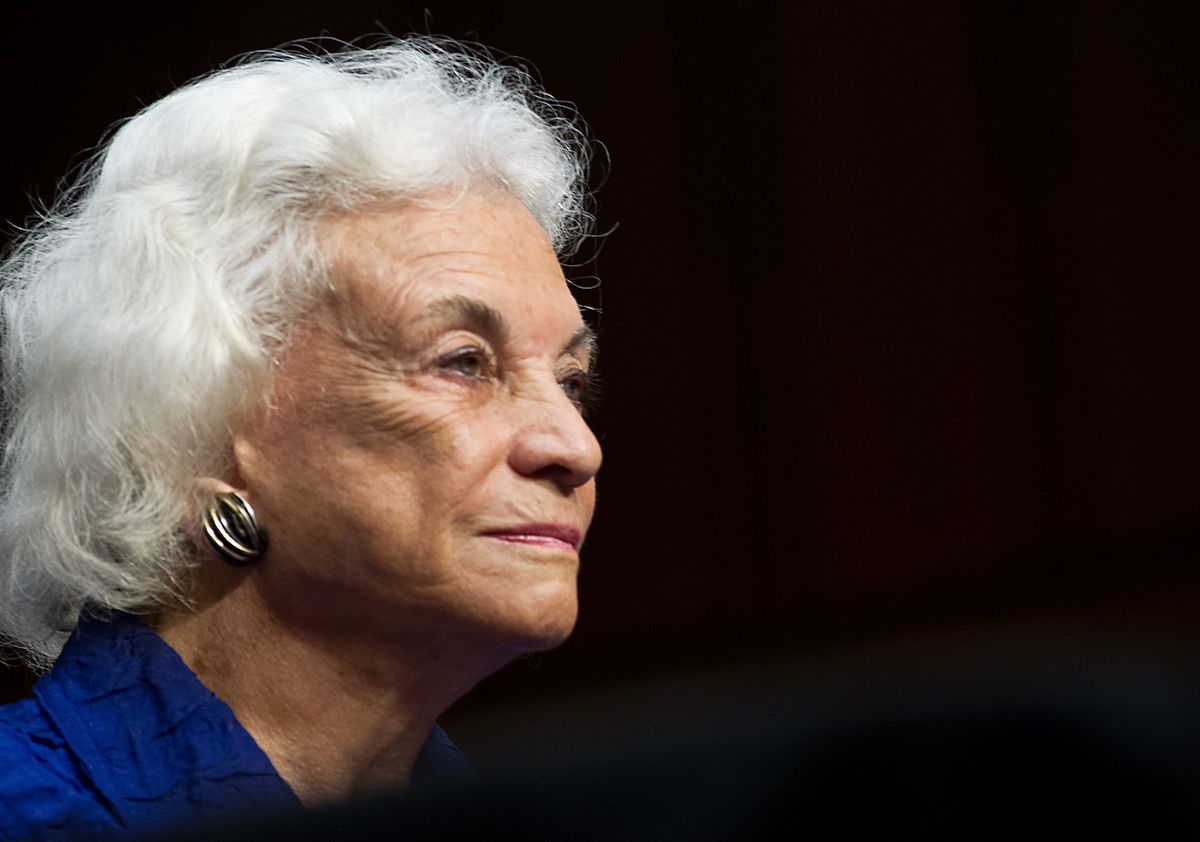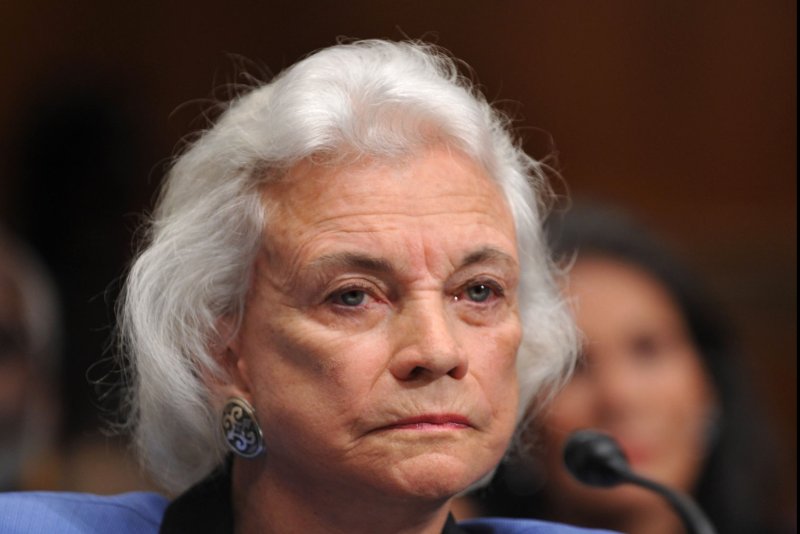
As she often put it, "It's good to be first, but you don't want to be last." We had more mail than we could even open." She knew that any misstep could be fatal for women's prospects all over the country. As she put it in an NPR interview, "Everyone said, 'Oh, we're so glad you're here now, just let me know if I can help.' I didn't even know the questions to ask to get the help I needed. Much has been written about how terrified O'Connor was when she joined the Supreme Court. The public loved her, and she was confirmed 99 to 0. She was, as author Thomas puts it, "a relentless grind." But at the confirmation hearings, the first ever to be broadcast, she was a sensation, answering questions deftly, knowledgeably and skillfully avoiding political potholes and trip wires on abortion and other controversial subjects. So she formed her own team in Arizona to supplement what she was receiving in Washington. But back then, he simply couldn't keep up with O'Connor he was not able to get her the information she wanted fast enough. Roberts Jr., who would decades later become chief justice of the United States. The young Justice Department staffer assigned to help O'Connor was one John G. "She could go through thousands of pages of dense, turgid legal stuff" and get to the point "in a hurry." "She had an amazing ability to absorb information quickly and retain it and go for what mattered," observes Thomas. She had no experience with constitutional law, or federal court practice. Prepping for her confirmation hearing was daunting. On July 7, 1981, President Reagan, after meeting privately with O'Connor, announced her nomination. And O'Connor had friends in high places, among them Justice William Rehnquist, who had gone to Stanford Law School with her, courted her, and proposed to her - a fact not known even to the O'Connor and Rehnquist children until author Thomas unearthed their early correspondence. Not exactly a springboard to the Supreme Court.īut when Ronald Reagan, carrying out his campaign promise, wanted to name a woman to the high court for the first time, there weren't many conservative female judges to pick from.
Sandra day o connor supreme court justice trial#
O'Connor served four years on the trial court, then two on an intermediate-level appeals court. Lucky Timing - And A Small Field Of Contenders But after five years, she walked away from the legislature to become a state trial court judge. She was "smarter than the men," and more organized, Thomas says. drunk." And when O'Connor finally confronted Goodwin about it, he snarled at her, "If you were a man, I'd punch you in the nose," to which she replied, "If you were a man you could." Thomas describes him as "a drunk-by-10:00 A.M. One of those times involved Tom Goodwin, the chairman of the Arizona House Appropriations Committee. And, in relatively short order, O'Connor was elected majority leader. "She was not an arch-feminist," Thomas says.

Not only did the men drink a lot, "sexual harassment was the order of the day." Usually O'Connor dealt with all that by just walking away. It was a lesson that served O'Connor well when she was elected to the Arizona state senate, a place that author Thomas describes as "a very male and very rough place for a woman in 1970." With extraordinary access to the justice, her papers, her personal journals - and even 20 years of her husband's diary - the book is, in a sense, an authorized biography. Whether the subject was affirmative action, states' rights, national security or abortion, hers was often the voice that spoke for the court.Īuthor Evan Thomas breaks new ground with First. She had no interest in that, but her vote and her approach to judging dominated the U.S Supreme Court for a quarter of a century, until her retirement in 2006.


It is unlike every other volume written about O'Connor - even the books the justice wrote about herself.įor those too young to remember, O'Connor was so admired on the public stage that there were even suggestions she run for president. Now comes an important book about her - First, Sandra Day O'Connor: An Intimate Portrait of the First Woman Supreme Court Justice. It was a poignant moment, a reminder that for decades O'Connor was seen as the most powerful woman in America. Late last year, retired Supreme Court Justice Sandra Day O'Connor issued a statement announcing that she had been diagnosed with Alzheimer's disease. Your purchase helps support NPR programming.

Close overlay Buy Featured Book Title First Subtitle Sandra Day O'Connor Author Evan Thomas


 0 kommentar(er)
0 kommentar(er)
